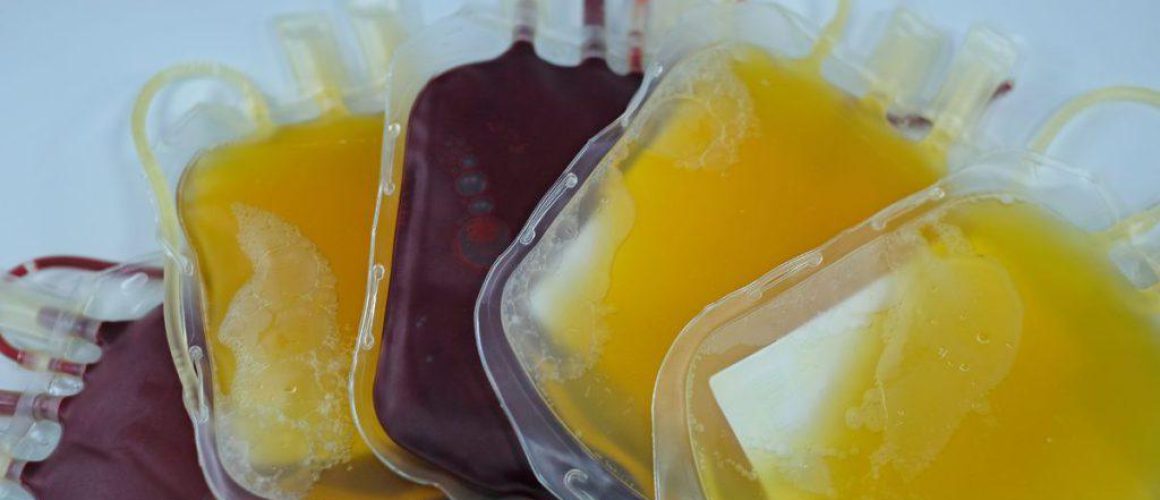Blood components and their functions
Table of Contents
Key Summary Table: Blood Components
| Component | Description | Function |
|---|---|---|
| Red Blood Cells (Erythrocytes) | Most abundant cells in the blood, containing hemoglobin | Transport oxygen from the lungs to the body’s tissues and carry away carbon dioxide |
| White Blood Cells (Leukocytes) | Fewer in number, several types including neutrophils, lymphocytes, monocytes, eosinophils, and basophils | Defend the body against infections, foreign bodies, and diseases |
| Platelets (Thrombocytes) | Tiny cell fragments | Aid in blood clotting to prevent excessive bleeding and assist in inflammation and healing |
| Plasma | Liquid component of blood, about 90% water | Carries blood cells, platelets, hormones, nutrients, gases, and waste products throughout the body |
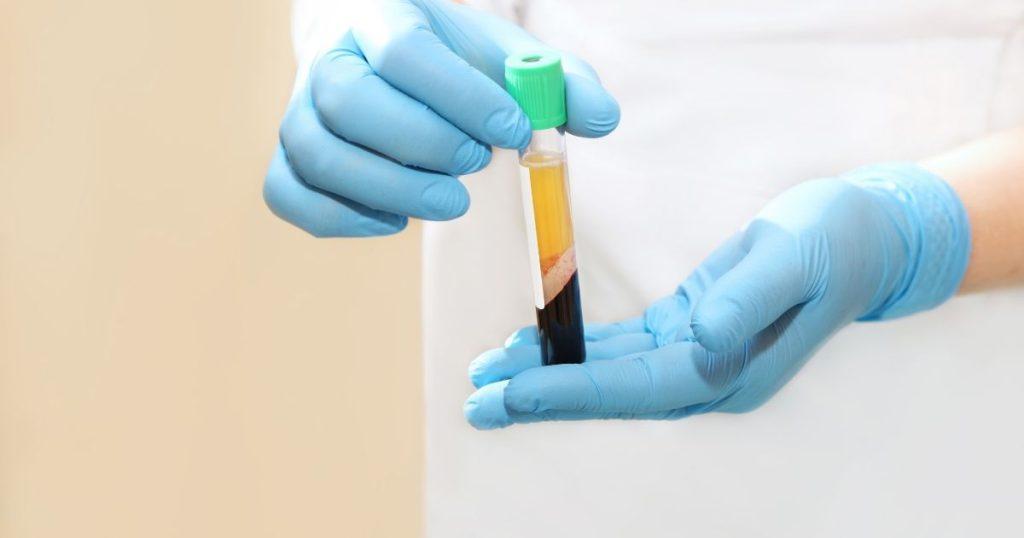
Blood components, the life-sustaining cocktail coursing through our veins, are more than meets the eye. As a medical technology student, I’ve discovered their fascinating roles. Stick around as we delve into the functions of these microscopic marvels in our bodies.
Introduction
As a student of medical technology, I’ve always been fascinated by the complexity and importance of blood components in our bodies. Blood, a vital life-sustaining substance, is more than just a simple fluid. It’s a complex mixture of cells, platelets, and plasma, each with a unique role in supporting our health and well-being. In this article, we will delve into the intricacies of these components, shedding light on their functions and their significance in the field of hematology.
The study of blood, or hematology, is not just about understanding a single component of our body. It’s about understanding the symphony of components working together, each playing its part in the grand orchestra of our body’s function.
Understanding Hematology
Before we delve into the specifics of blood components, let’s take a moment to understand the field of hematology. Hematology is a branch of medicine that focuses on the study of blood, blood-forming organs, and blood diseases. It encompasses the study of etiology, diagnosis, treatment, prognosis, and prevention of blood diseases. As a medical technology student, I’ve found that understanding hematology is fundamental to comprehending the complexities of blood and its components.
Hematology provides a window into the workings of our body at a cellular level. It helps us understand how our body responds to infections, how it heals wounds, and how it distributes nutrients. It’s a field that’s as fascinating as it is crucial to our health and well-being.
Understanding Hematology
- Branches of Hematology: Clinical Hematology, Pediatric Hematology, Hematopathology, Hemato-oncology
- Common Blood Disorders: Anemia, Leukemia, Lymphoma, Myeloma, Hemophilia
- Diagnostic Tests: Blood count, Coagulation testing, Bone marrow biopsy, Flow cytometry
The Importance of Blood Components
Blood, often referred to as the ‘river of life’, is made up of various components, each playing a crucial role in our body’s function. These components include red blood cells, white blood cells, platelets, and plasma. Each of these components has a unique role, from carrying oxygen to fighting infections, from clotting blood to transporting nutrients.
The Importance of Blood Components
- Essential Functions of Blood: Transportation, Regulation, Protection
- Blood Types: A, B, AB, O
- Rh Factor: Rh positive, Rh negative
So, what are the components of blood and their functions? Let’s dive in and explore each of these components in detail. As we go through each component, I invite you to marvel at the complexity and precision of our body’s inner workings.
Red Blood Cells (Erythrocytes)
| Property | Details |
|---|---|
| Lifespan | Approximately 120 days |
| Shape | Biconcave disc shape |
| Quantity | About 4.5 to 5.5 million per microliter of blood |
| Main Function | Oxygen transport |
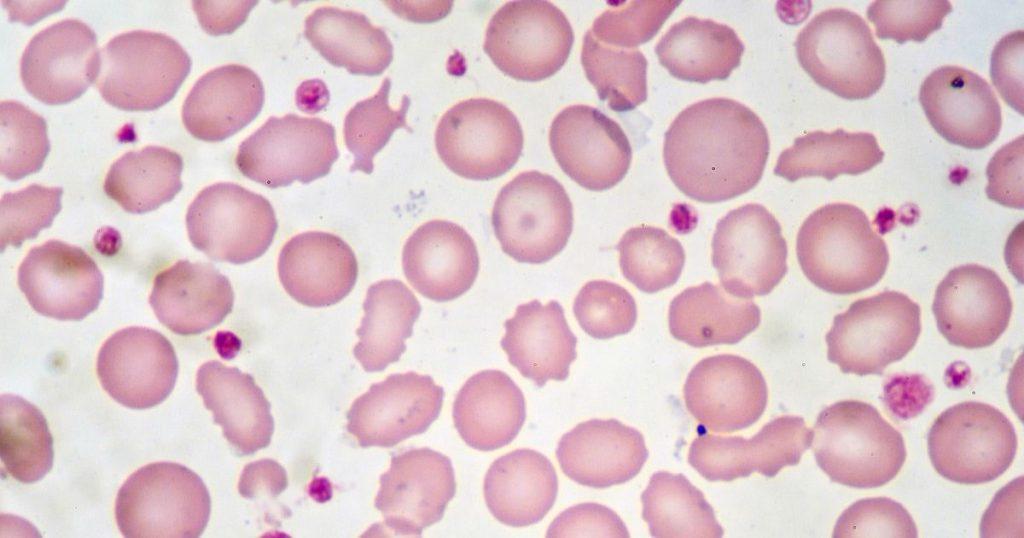
Let’s start with the most abundant blood cells in our body – the red blood cells, or erythrocytes. These are the cells that give blood its characteristic red color. But their role goes far beyond just coloring our blood. Erythrocytes are responsible for carrying oxygen from our lungs to the rest of our body. They achieve this through a protein called hemoglobin, which binds to oxygen and carries it to our body’s tissues.
What is the function of hemoglobin in these cells? Hemoglobin not only transports oxygen but also helps carry away carbon dioxide, a waste product, from our cells back to our lungs, where it’s exhaled. This vital exchange of gases is what keeps our cells alive and functioning.
White Blood Cells (Leukocytes)
| Type | Function |
|---|---|
| Neutrophils | Respond quickly to infections, especially bacterial ones |
| Lymphocytes | Produce antibodies and help with immunity |
| Monocytes | Become macrophages that clean up dead cells and pathogens |
| Eosinophils | Fight parasitic infections and play a role in allergic reactions |
| Basophils | Release histamine during allergic reactions |
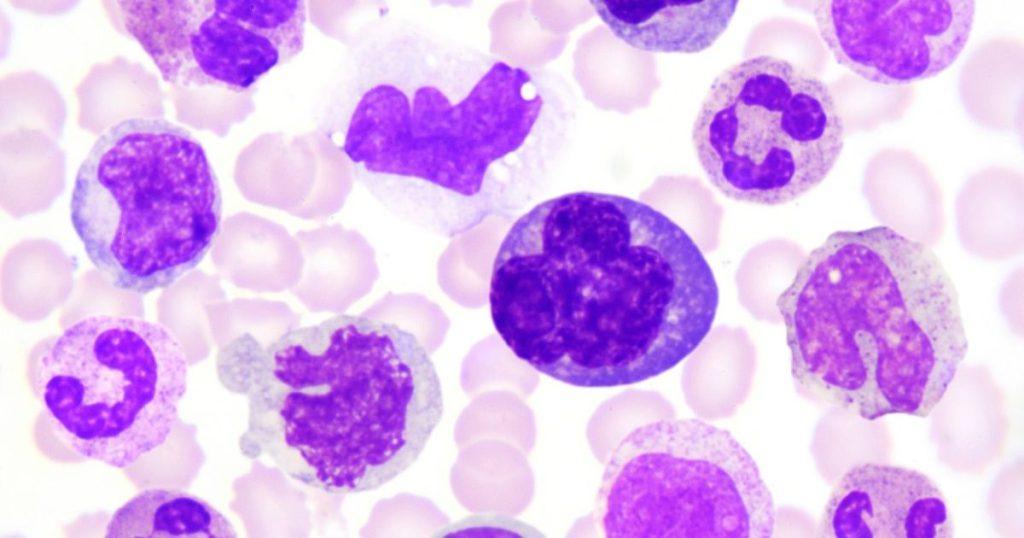
While they may be fewer in number, white blood cells, or leukocytes, play an indispensable role in our body’s defense mechanism. They are our body’s primary line of defense against infections, foreign bodies, and diseases. Leukocytes are like the soldiers of our body, always ready to fight off invaders and keep us healthy.
Did you know there are several types of white blood cells, including neutrophils, lymphocytes, monocytes, eosinophils, and basophils? Each of these has a specific role in our immune response, from attacking bacteria and viruses to producing antibodies.
Platelets (Thrombocytes)
| Property | Details |
|---|---|
| Lifespan | Approximately 8 to 9 days |
| Quantity | 150,000 to 450,000 per microliter of blood |
| Main Function | Blood clotting |
Ever wondered how your body stops bleeding after a cut? The credit goes to these tiny cell fragments called platelets, or thrombocytes. Platelets are crucial for blood clotting, a process that prevents excessive bleeding when we’re injured. They gather at the site of the wound, sticking together to form a clot that seals the break in the blood vessel.
What are the main functions of platelets? Apart from clotting blood, platelets also play a role in inflammation, a key part of our body’s healing process. They release substances that help repair damaged cells and tissues.
Plasma
| Component | Percentage |
|---|---|
| Water | 90% |
| Proteins | 7% |
| Other (salts, enzymes, hormones, vitamins) | 3% |
Last but not least, let’s talk about plasma – the liquid component of blood that carries cells and proteins throughout the body. Plasma is about 90% water, but it’s also packed with essential substances like hormones, nutrients, gases, and waste products. It’s the medium that allows blood cells and platelets to travel throughout our body.
What are the components of whole blood, including plasma? Whole blood consists of about 45% cells (red and white cells, and platelets) and 55% plasma. This balance is crucial for our body’s health and function.
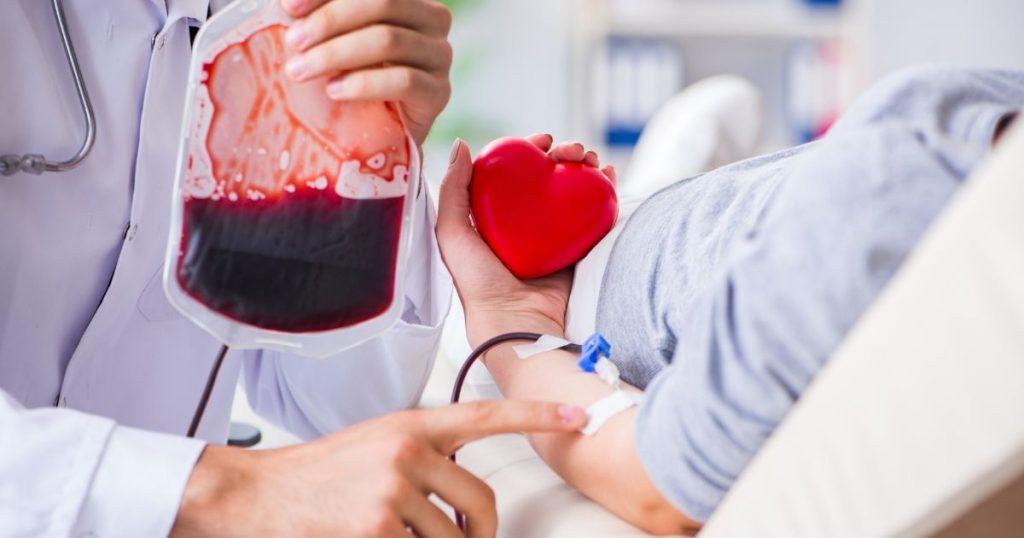
The Interplay of Blood Components
Now that we’ve understood the individual components, let’s see how they work together to keep us healthy. The interplay of blood components is a complex dance, with each component performing its role in harmony with the others. Red blood cells transport oxygen, white blood cells defend against invaders, platelets help clot blood, and plasma carries them all along with essential nutrients and hormones.
The Interplay of Blood Components
- Interactions: Oxygen transport, Immune response, Clotting, Nutrient delivery
- Disorders due to Imbalance: Thrombocytosis, Leukocytosis, Polycythemia, Anemia
- Treatment: Blood transfusion, Medication, Dietary changes
What are the functions of the blood cells in this interplay? They work together to ensure our body’s tissues receive the oxygen and nutrients they need, are protected from infections, and can heal from injuries. This interplay is a testament to the incredible complexity and efficiency of our body’s systems.
Blood Components in Transfusions
Blood transfusions are a common medical procedure, but do you know what components are typically involved? In a blood transfusion, a patient may receive whole blood or specific blood components, depending on their needs. These components can include red blood cells, white blood cells, platelets, or plasma.
Blood Components in Transfusions
- Components Used in Transfusion: Whole blood, Red blood cells, Platelets, Plasma, Cryoprecipitate
- Common Reasons for Transfusion: Anemia, Surgery, Trauma, Cancer treatment, Blood disorders
What are the four main components considered in blood transfusions? These are red blood cells, white blood cells, platelets, and plasma. Each component serves a specific purpose and is used to treat different conditions or diseases.
Blood is the river of life, and each component within it – red cells, white cells, platelets, and plasma – plays a crucial role in maintaining our health.
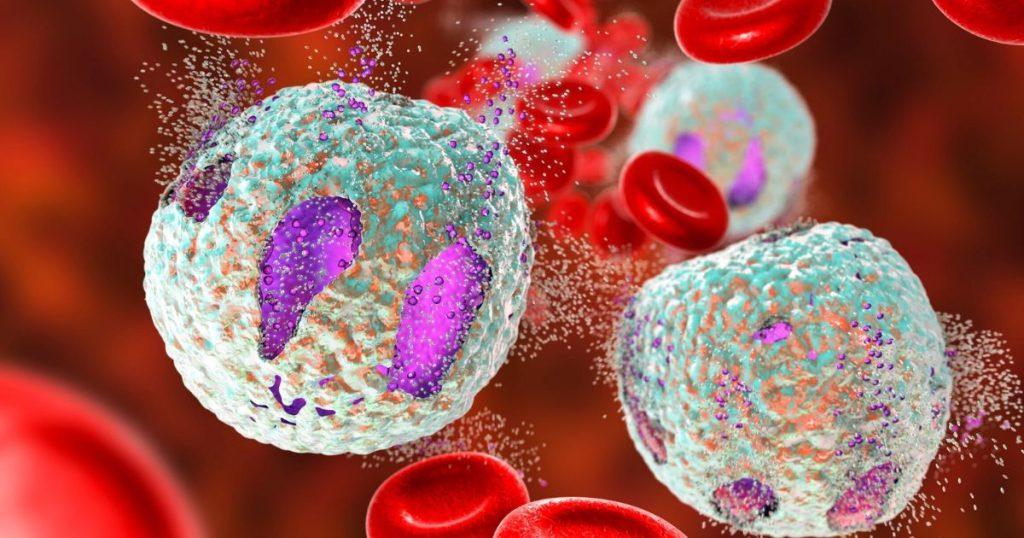
Conclusion
As a medical technology student, I’ve learned that understanding the functions of blood components is not just fascinating, but also fundamental to our knowledge of human health. The complexity and precision of these components are a testament to the marvel of the human body. As we continue to explore and understand these components, we open up new possibilities for improving health and treating diseases.
If you find the captivating world of hematology as intriguing as I do, continue exploring this fascinating field. Visit my Hematology index page or the Hematology category for more in-depth articles and insights.
Other posts of interest: Neutrophils and their role in infection and White blood cell types and functions
Disclaimer: This article is intended for informational purposes only. It is not meant to be a substitute for professional medical advice, diagnosis, or treatment. Always seek the advice of your physician or other qualified health provider with any questions you may have regarding a medical condition.
Frequently Asked Questions
What are the components of blood and their functions?
Blood is composed of four main components: red blood cells (erythrocytes), white blood cells (leukocytes), platelets (thrombocytes), and plasma. Red blood cells carry oxygen from our lungs to the rest of our body. White blood cells are our body’s primary defense mechanism against infections and diseases. Platelets help in blood clotting to prevent excessive bleeding when we’re injured. Plasma, the liquid component of blood, carries these cells and platelets along with essential nutrients and hormones throughout the body.
What are the 4 components of blood functions?
The four components of blood – red blood cells, white blood cells, platelets, and plasma – each have unique functions. Red blood cells transport oxygen, white blood cells defend against infections, platelets help in blood clotting, and plasma carries these cells along with essential substances throughout the body.
What are the components of the whole blood?
Whole blood consists of about 45% cells (red and white cells, and platelets) and 55% plasma. This balance is crucial for our body’s health and function.
What are the functions of the blood cells?
Blood cells play a vital role in our body’s function. Red blood cells transport oxygen to our body’s tissues and carry away carbon dioxide. White blood cells defend against infections and diseases. Platelets help in blood clotting to prevent excessive bleeding when we’re injured.
What are the 3 functions of platelets?
Platelets, also known as thrombocytes, have three main functions: they help in blood clotting to prevent excessive bleeding, they play a role in inflammation which is a part of our body’s healing process, and they release substances that help repair damaged cells and tissues.
What are the 7 types of blood cells?
There are several types of blood cells, including red blood cells (erythrocytes), white blood cells (leukocytes), and platelets (thrombocytes). White blood cells can be further divided into five types: neutrophils, lymphocytes, monocytes, eosinophils, and basophils.
What is the function of hemoglobin?
Hemoglobin is a protein found in red blood cells that binds to oxygen and carries it from our lungs to the rest of our body. It also helps carry away carbon dioxide, a waste product, from our cells back to our lungs, where it’s exhaled.
What are the 4 components of blood GCSE?
The four components of blood, often studied in GCSE biology, are red blood cells, white blood cells, platelets, and plasma. Each of these components has a unique role in supporting our health and well-being.
What are the 4 components of blood transfusion?
In a blood transfusion, a patient may receive whole blood or specific blood components, depending on their needs. These components can include red blood cells, white blood cells, platelets, or plasma. Each component serves a specific purpose and is used to treat different conditions or diseases.
Further Reading
Overview of Blood and Blood Components – URMC
Sean Schepers is a third-year Medical Technology student at Mahidol University with a passion for all things health and medicine. His journey into the world of medicine has led him to explore various fields. Sean's blog posts offer a unique perspective, combining his academic insights with personal experiences. When he's not studying or blogging, Sean enjoys keeping up with politics and planning his future career in medicine.
In addition to his studies, Sean serves as the chairman of the Rights, Liberties, and Welfare Committee, a role that reflects his commitment to advocacy and social justice. Beyond his academic pursuits, Sean offers tutoring services in English and Biology, further demonstrating his dedication to education and mentorship. His journey is one of continuous discovery, and he invites others to join him as he explores the dynamic and transformative world of medical technology.

